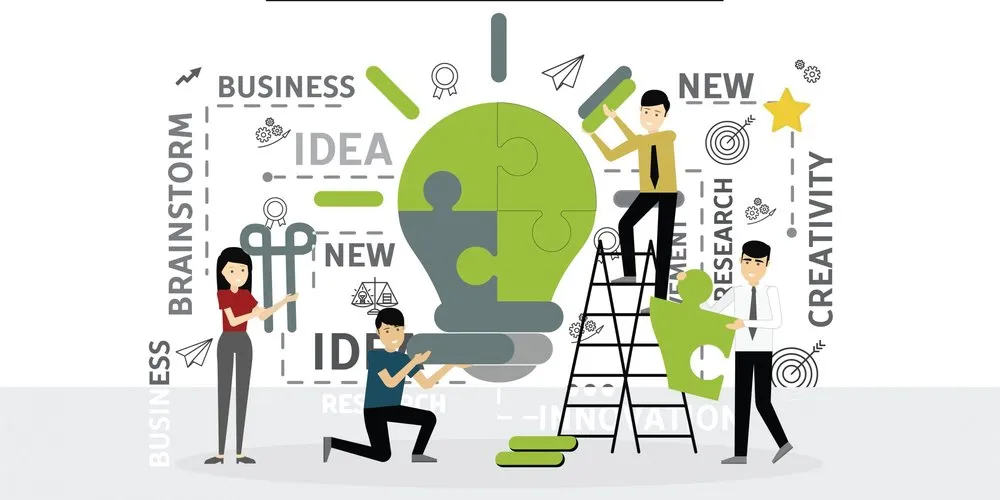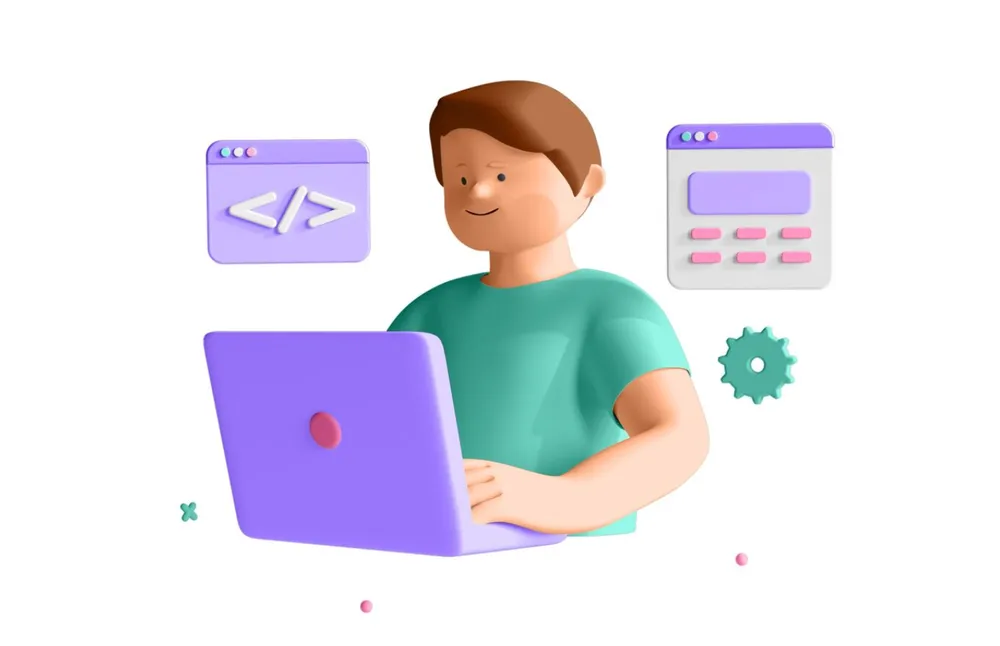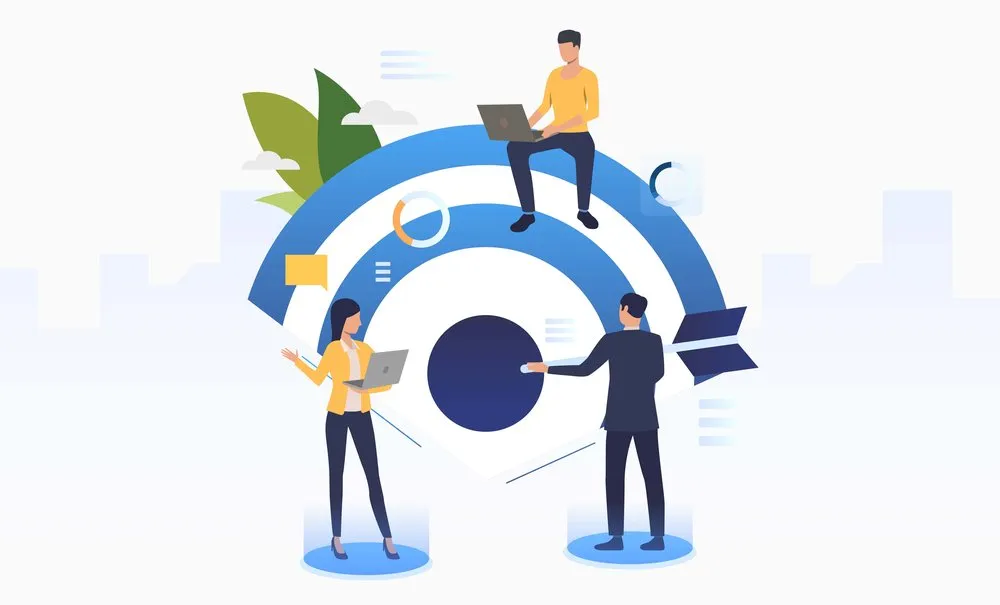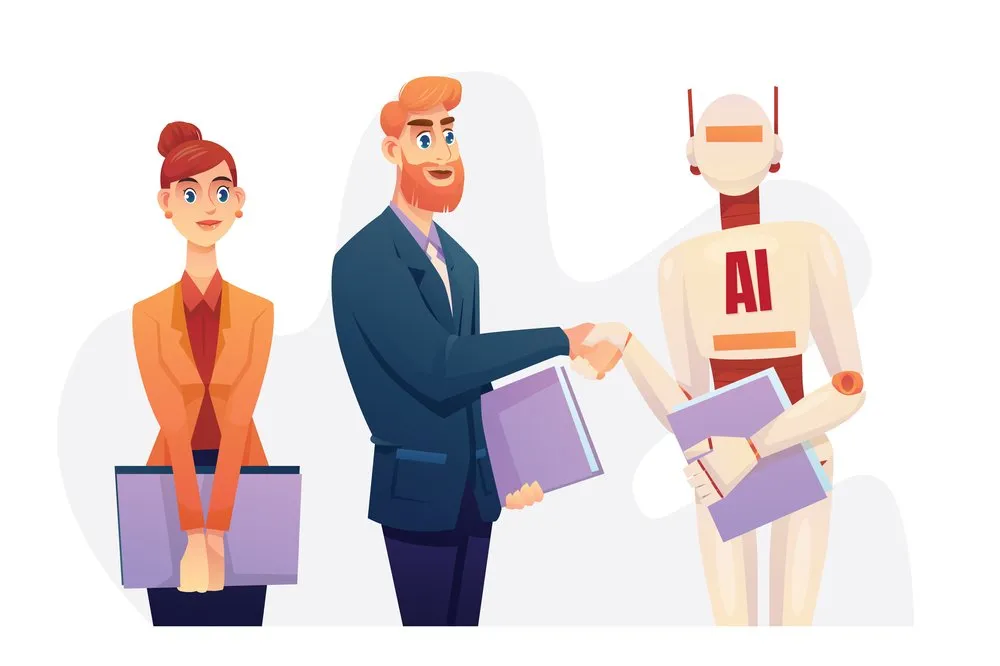Using new technologies and new methods of thinking to add value to a current idea or product, as well as to create significant changes in society, is what innovation entails. While the ease of access to financing has been named as a major factor in the startup ecosystem's growth, it was the focus on invention that helped write the success story.
People are the only constant in today's society, especially in a world where technology cycles last anywhere from three to five years. Some adjustments in the way things are done are needed to keep the users and employees engaged and encouraged. How can we tell what modifications are possible? This is where innovation comes into play. Your company will grow as a result of your innovation, and you will be able to keep ahead of the competition.
You'll be able to maximize your startup and obtain a competitive advantage over your competitors if you use innovation to take advantage of new technologies. This shifts values and results in an entirely new startup culture. Below are Top 5 ways you can make Innovation a Way of Life in your Startup:
1. Define jobs inclusive of innovation:
Create occupations that revolve around innovation. Make it a requirement for a job. The first step in developing a spirit of innovation is to create a comfortable environment in the team where everyone can be themselves, and don't carry the baggage of their title. Many high-tech organizations recognise that they won't be able to attract the top personnel unless they provide the kind of flexibility that allows employees to take charge and innovate. Some of those ideas that had been selected and taken charge of by the employees themselves may even turn into a blockbuster product or company line. A younger team member can have a wonderful idea but be afraid to express it, therefore egos must be set aside. The inclusivity of innovation in job profiles will make employees feel confident in putting ideas forward. Employees will feel more confidence in putting forward ideas if innovation is included in job descriptions. This greater diversity of thought underpins an innovative mindset.
2. Empathize with the Customer Feedback:
Customer input supports companies in the effective launch of wanted and required products and services to the market, as organizations are always challenged to stay ahead of their competition by developing innovative solutions. Engaging with clients and learning about their top concerns is critical to instilling an innovative mindset in a group. Analyzing the complaints, ideas and general feedback is a fantastic way to encourage creativity. Getting honest feedback from them helps you realize what you did correctly and wrong, and it inspires everyone to come up with the best solution. Customer feedback is a priceless and limitless source of ideas that can help you match your product innovation with their current and future needs. When you start listening to your customers, you'll be able to hear their expectations and, as a result, you'll be able to plan for future enhancements. You'll save time and money by listening to your customers instead of wasting time and money developing unsatisfactory products. What matters more is that customer input fuels innovation that customers actually care about.
3. Be experimental and embrace failure:
Innovation necessitates a certain amount of risk. Risk, on the other hand, frequently leads to failure, and Startups must be prepared for and accepting of this reality. Failure does not always imply a blunder. It signifies an important business lesson was learned if it was well-intentioned. The simplest way to stifle innovation is to institutionalize a corporate culture that punishes failure. Working cultures that encourage bold actions and unconventional thinking, whether or not they succeed the first time, have been critical to the success of many of today's famous brands. When corporations play it safe, they don't make breakthroughs. Unfortunately, most startups are only interested in small changes and methods. Adaptable organizations that can pursue both evolutionary and revolutionary breakthroughs are uncommon. These developments necessitates a cultural transformation. Employees must be given the flexibility to try new things and explore new possibilities. Failure is celebrated in some companies, which encourages innovation. It is high time now that you should embrace failure and take smart risks.
4. Support Creativity in all ways possible:
Encourage employees to convey their narrative to all stakeholders, including those who will immediately benefit from their innovation and those who will provide funding. Your most valuable resources are the individuals you work with. You may have some fantastic innovators in your startup who have yet to be discovered, and the more individuals who contribute, the more power you'll have to generate and develop amazing ideas. You'll want to personalize your approach based on what each person values and what you require of them. It could also be worthwhile to crowdsource innovative ideas from people who aren't in your near vicinity. In the new working paradigm, providing the necessary care and support for employees will be critical to preserving a culture of innovation inside teams. Because it is crucial to care about the team in order to encourage innovation, support, including employee perks, must reflect these changes in working lives. Incentives can also aid in the development of new ideas. Another option is to give employees equity in the company if the product succeeds.
5. Enter Design Thinking:
The complete employee journey is the emphasis of how work is done with design thinking, which removes any needless workplace complexity. Many startups assume that complexity is a barrier to their success. As a result, the majority of executives consider design thinking to be a critical strategic step in enhancing efficiency. Learners' experiences are prioritized over training content in design thinking. Intuitive and user-friendly experiences are also a focus of design thinking. As a result, when it comes to learning, professionals must pay close attention to the tools and technology they employ while disseminating information and updating abilities. Design thinking is employed in the creation of very intuitive, hands-on learning systems. Design thinking may be a powerful tool for enhancing employee experience, increasing customer loyalty, and raising competitiveness in comparison to other startups.
Conclusion: The future demands inventive thinking, which necessitates a transition from thinking of innovation as a notion to thinking of it as an attitude that must be ingrained in the minds of all employees. We will see a dramatic acceleration in the enhancement of both customer and employee experience in the employment landscape when organizations place a dominant focus on innovation as an intrinsic demand of every single worker.










